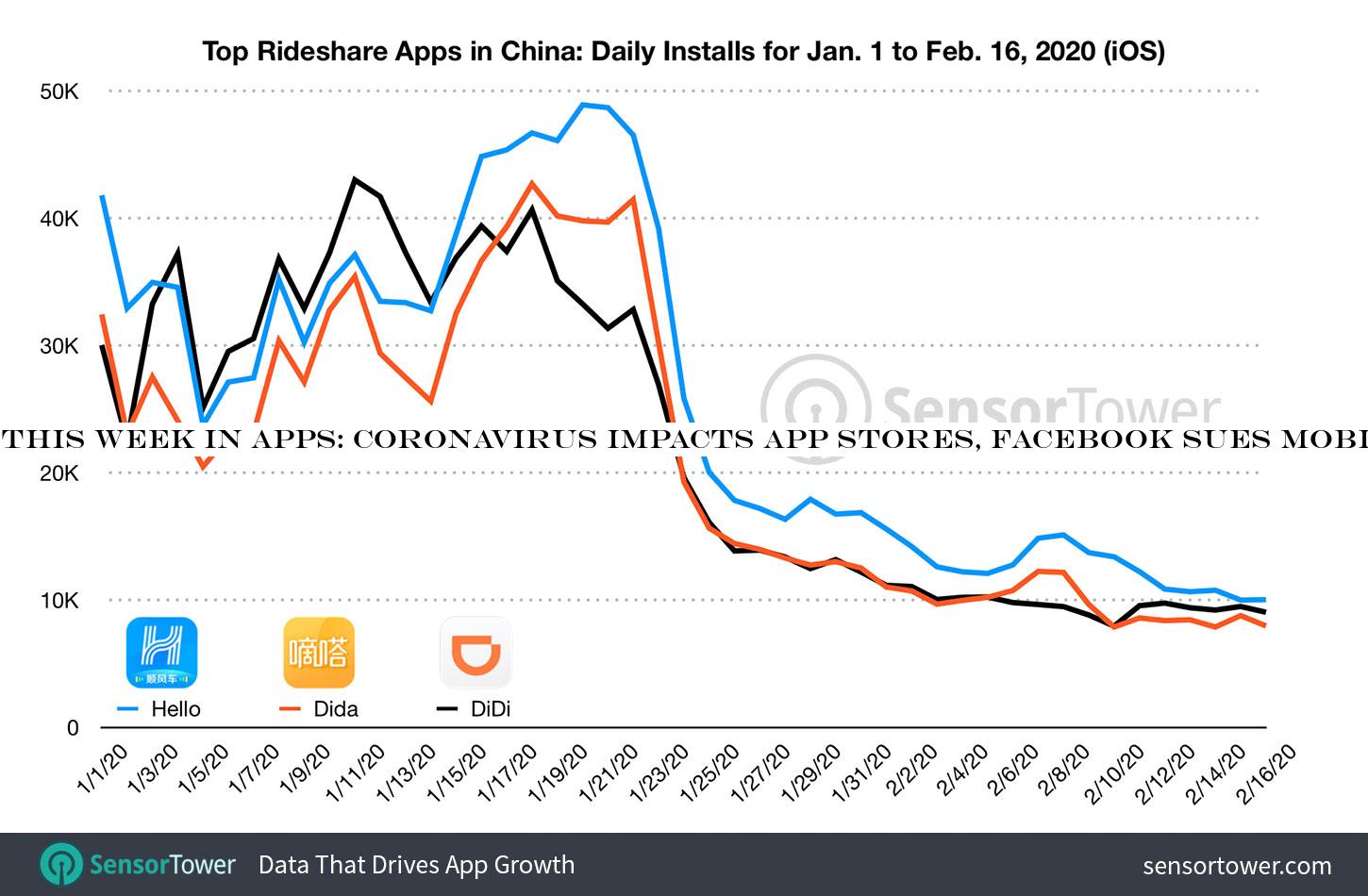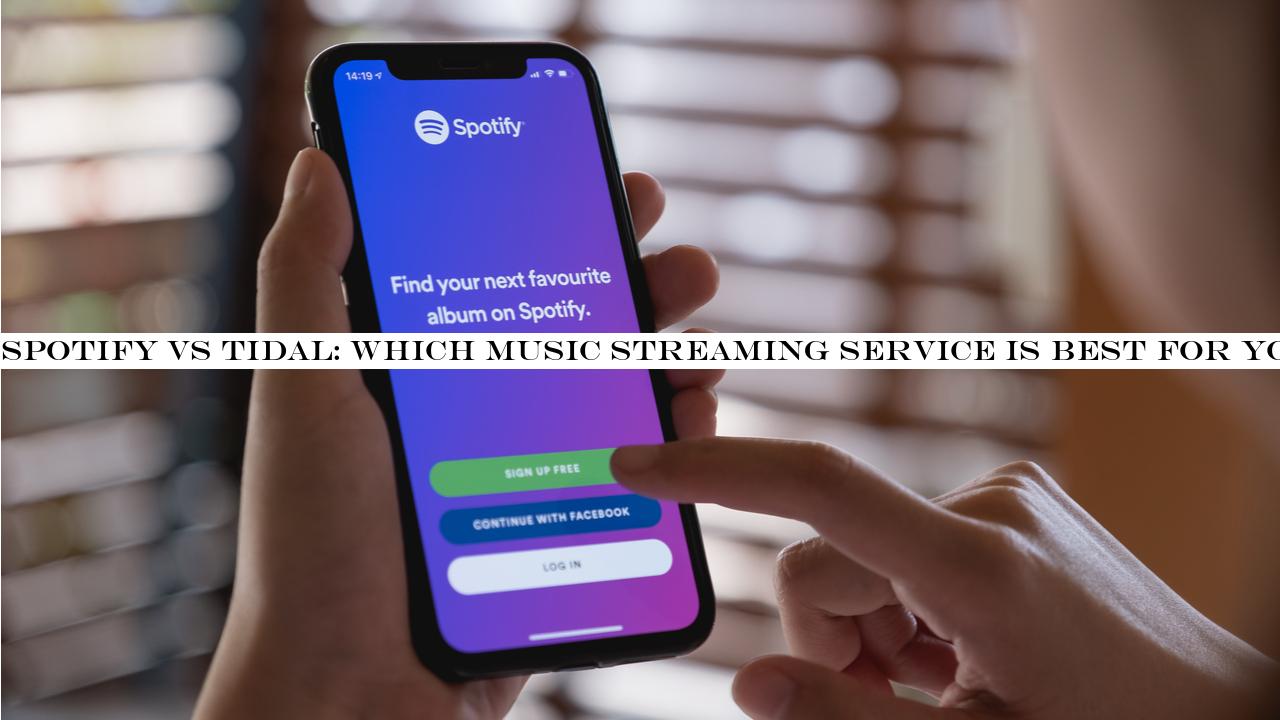Music
Trailers
DailyVideos
India
Pakistan
Afghanistan
Bangladesh
Srilanka
Nepal
Thailand
Iraq
Iran
Russia
Brazil
StockMarket
Business
CryptoCurrency
Technology
Startup
Trending Videos
Coupons
Football
Search
Download App in Playstore
Download App
Best Collections
Technology

The basis of the classic James Bond film &Tomorrow Never Dies& is an evil media mogul who instigates war between the U.K. and China because it will be great for TV ratings. Therebeen a wake-up call recently that our most popular social networks have been indirectly designed to divide populations into enemy camps and reward sensational content, but without the personal responsibility of Bondnemesis because they&re algorithmically driven.
(This is part five of a seven-part series about virtual worlds.)
The rise of &multiverse& virtual words as the next social frontier offers hope to one of the biggest crises facing democratic societies right now. Because the dominant social media platforms (in Western countries at least) monetize through advertising, these platforms reward sensational content that results in the most clicks and shares. Oversimplified, exaggerated claims intended to shock users scrolling past are best practices for individuals, media brands and marketing departments alike, and social platforms intentionally steer users toward more extreme content in order to captivate them for longer.
Our impending cultural shift to socializing equally as often through virtual worlds could help rescue us from this constant conflict of interest between what we recognize as healthy interactions with others and how these social apps incentivize us to behave.
Virtual worlds can have advertisements within them, but the dominant monetization strategies in MMOs are upfront purchase of games and in-game transactions. Any virtual world that gains enough adoption to compete as a social hub for mainstream society will need to be free-to-play and will earn more money through in-world transactions than from ads.
- Details
- Category: Technology Today
Read more: Multiverse virtual worlds will be healthier for society than our current social networks
Write comment (90 Comments)

For all its antivirus protection, the tech world is coming to a realization that it’s no match for deadly biological viruses.
Not only has IDC already predicted that this novel coronavirus could lead to a decline in PC sales this year, with so many factories shutting down and demand already dropping. But also, many tech trade shows and events have
- Details
- Category: Technology Today
Read more: GDC 2020 “indefinitely postponed” after losing Microsoft, Sony, Epic to coronavirus
Write comment (95 Comments)Welcome back to ThisWeekin Apps, the Extra Crunch series that recaps the latest OS news, the applications they support and the money that flows through it all.
The app industry is as hot as ever, with arecord 204 billion downloads in 2019 and $120 billion in consumer spending in 2019, according to App Annierecently released &State of Mobile& annual report. People are now spending 3 hours and 40 minutes per day using apps, rivaling TV. Apps aren&t just a way to pass idle hours — they&re a big business. In 2019, mobile-first companies had a combined $544 billion valuation, 6.5x higher than those without a mobile focus.
In this Extra Crunch series, we help you keep up with the latest news from the world of apps, delivered on a weekly basis.
This week, we&ll look at the coronavirus outbreakimpact on the App Store, Chinademand for App Store removals — and soon-to-be-removals, it seems. We&re also talking about Facebooklawsuit over a data-grabbing SDK, Tindernew video series, the TSA ban on TikTok, Instagramexplanation for its lack of an iPad app and how Democratic presidential primary candidates are performing on mobile and social, among other things.
Headlines
Coronavirus concerns send Chinese ride-hailing apps crashing, games surging

One of the many economic fallouts related to COVID-19 coronavirus concerns is a significant decline in the usage of Chinese ride-hailing applications. According to Sensor Tower data, downloads of the three most popular apps — Hello, Didi and Dida — were down 75% year-over-year during the week of February 10 compared with the same time frame in 2019. Meanwhile, people staying home have been ordering food and groceries more often. Overall downloads of the top 10 apps in the food-ordering category increased by 68% from January 13 to the week of February 3.
Also on the rise are mobile games. According to a recent report by the FT, users in China downloaded a record number of games and apps as the virus outbreak confined people to their homes. More than 22 million downloads were registered in AppleApp Store in China during the week of February 2, according to App Annie, and average weekly downloads during the first two weeks of February were up 40% over the same time last year.
Meanwhile, Chinese tech giants, including Alibaba and Tencent, have been deploying health-rating systems to help authorities track the movements of millions of Chinese. Alibaba had been tapped to explore the rollout of a rating app to help the government control who can travel into and around the city. Along with Ant Financial, it worked to develop a smartphone-based rating system in conjunction with the government of Hangzhou. Tencent created a program for Shenzhen, reported The WSJ.
Top mobile game Plague Inc. pulled from ChinaApp Store amid coronavirus outbreak
Plague Inc., a simulation game with more than 130 million players, was pulled from the Chinese App Store this week, a move that appears to be linked to the coronavirus outbreak. The company behind the game, Ndemic, posted a statement announcing that the gamecontent is now considered &illegal in China as determined by the Cyberspace Administration of China.& Ndemic says ittrying to reach out to find out what, specifically, it could change in order to get the game back in China.
- Details
- Category: Technology Today
Quite simply, it has never been easier to watch PGA Tour golf online. Wherever you are in the world, you can find a reliable 2020 PGA Tour live stream that's easy to access and allows you to follow all the drama as it unfolds. Our guide explains how to do just that, so you don't have to miss a single shot of this season's action.
So far, Northern
- Details
- Category: Technology Today
Read more: Watch the PGA Tour: how to live stream golf in 2020 from anywhere in the world
Write comment (92 Comments)Few recent bouts have pitted two fighters with such a wealth of experience against each other - don't miss a moment of the action with our Mikey Garcia vs Jessie Vargas live stream guide. Watch all the boxing action from this weekend's big fight online the easy way.
Saturday's showdown in Texas marks the return to the ring of four-division world
- Details
- Category: Technology Today
Read more: Mikey Garcia vs Jessie Vargas live stream: watch the boxing online anywhere
Write comment (95 Comments)
Choosing the best music streaming service for your needs can be a little tricky; while streaming is still relatively new in the grand scheme of music-listening, there are so many platforms to choose from these days, two of the biggest being Spotify and Tidal.
Spotify is currently the world’s most popular streaming service, hitting 113 million
- Details
- Category: Technology Today
Read more: Spotify vs Tidal: which music streaming service is best for you
Write comment (100 Comments)Page 1357 of 1444

 14
14





